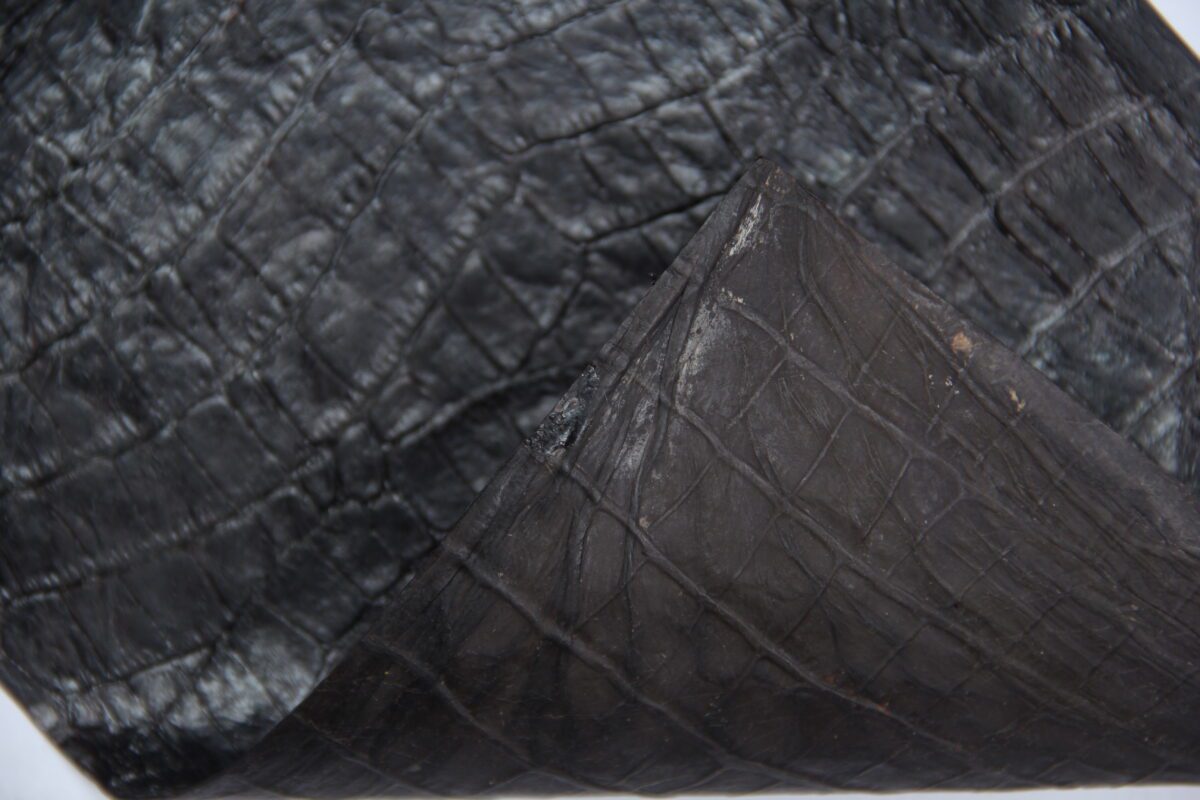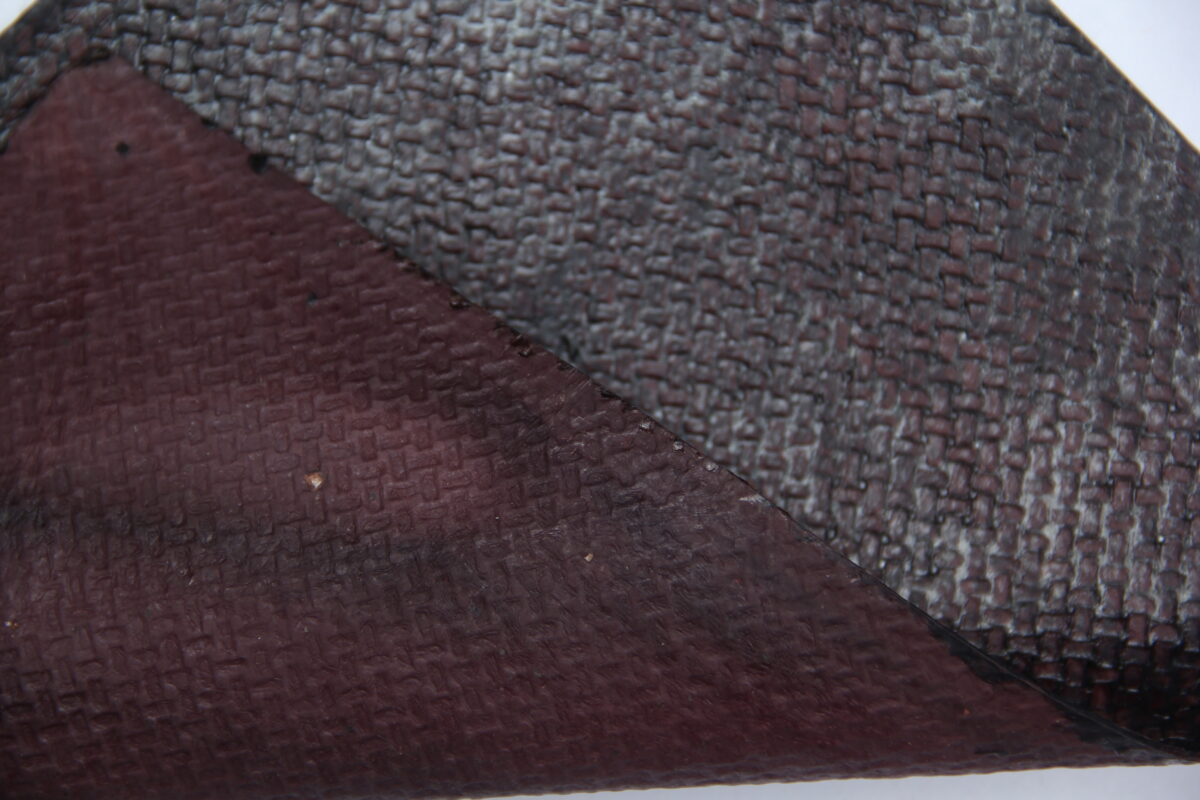Microbial leather New

What is Microbial Leather?
A bio-based material produced by bacteria er fungi to cmate a sustainable material.

Benefits of Microbial Leather
Cruelty-Free
• Cruelty-free-free
• Reduces waste freee
Biodegradable
• Strong and biodegıve
• Strong in durable
Ettićent-Free
• Efficient source
Storng an Durable
• Long-term d’durable
Microbial Leather
OUR TECHNOLOGY / PROCESS
Microbial Fermentation
Microbes produce bio-based materials through a fermentation process, vieiding durable and versatile microbial leather
Microbial Fermentation
• Proprietary innovations
• Scalable production
• Exceptional durability and aesthetics
Quality Assurance
Certified to the highest standards.

SUSTAINABILITY IMPACT
75%
lower carbon footprint
18,000
gallons of water saved per production run
NO
animals harmed
Comprehensive
life-cycle
analysis
What Say Our Clients

“The quality and feel of this microbial leather is outstanding—finally, sustainability meets true design excellence.”

“A perfect solution for conscious creators. Durable, ethical, and visually stunning microbial leather for modern fashion needs.”

“Impressed by the eco-innovation. This leather offers style, strength, and a significantly lower environmental impact.”

“Microbial leather delivers on performance and sustainability. It's reliable, beautiful, and guilt-free for every collection.”
Frequently Asked Questions
Microbial leather is a sustainable, eco-friendly alternative to traditional leather, grown using bacteria such as Acetobacter xylinum. These microbes produce cellulose during fermentation, which is harvested, treated, and transformed into a leather-like material.
Unlike animal leather, microbial leather is grown without the need for livestock, tanning, or harsh chemicals. It’s biodegradable, cruelty-free, and significantly reduces the environmental impact associated with traditional leather production.
Microbial leather is lightweight, breathable, and highly customizable. It’s also biodegradable, low-waste, and produced using renewable resources, making it an ideal choice for sustainable fashion and product design.
The production process varies, but microbial leather can typically be grown and processed in a few weeks—much faster than raising and processing livestock for traditional leather.
Yes, microbial leather can be engineered for strength and flexibility, making it suitable for a range of applications, including fashion, accessories, and upholstery. Ongoing research is enhancing its durability and scalability.
Absolutely! Microbial leather can be infused with natural dyes during the production process, and its structure allows for a wide range of textures and finishes to suit different design needs.










